CATHODIC PROTECTION NETWORK INTERNATIONAL
74 DALCROSS
BRACKNELL
BERKSHIRE
RG12 0UL
Technotoy
In order to develop software that will predict corrosion on pipelines it is necessary to test the predictions as work progresses. Technotoy is a physical model of the components of a cathodic protection system that incorporates all of the features the I have encountered in field work and have analysed in the billions of data points and information that I have received from others in the past 50 years.
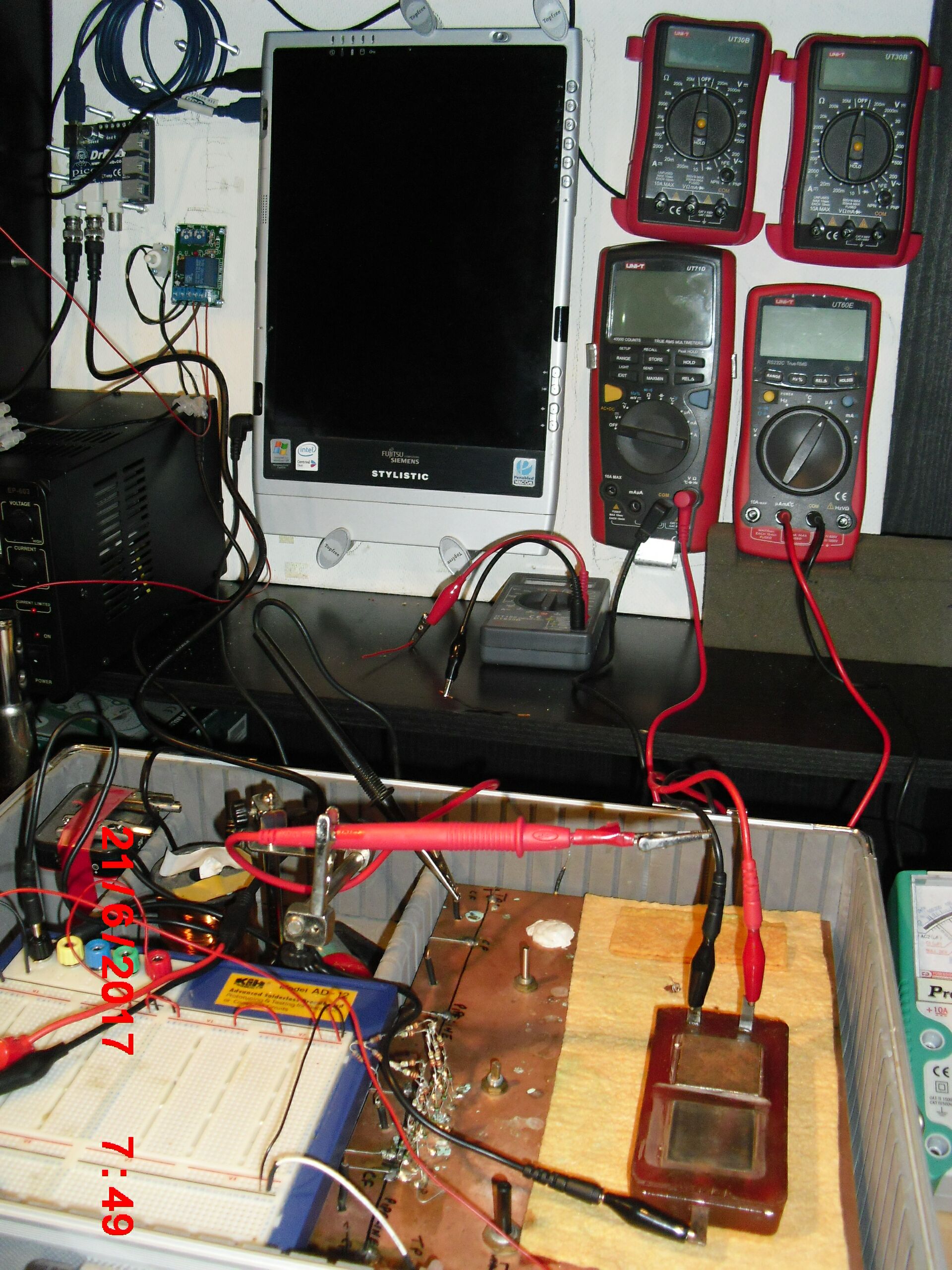
In real life the energy derives from the electromotive force of the corrosion reactions at the interface between the metal and the electrolyte. This is replicated in the Alexander Cell.
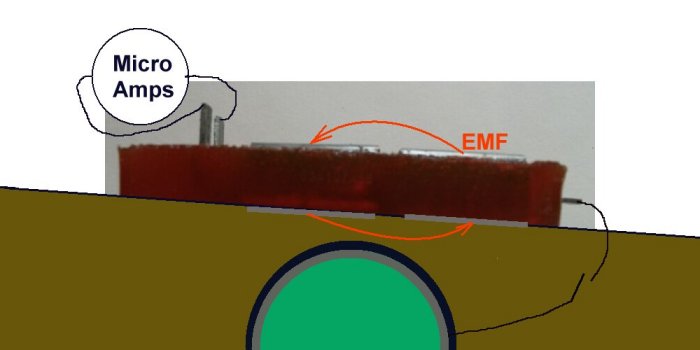
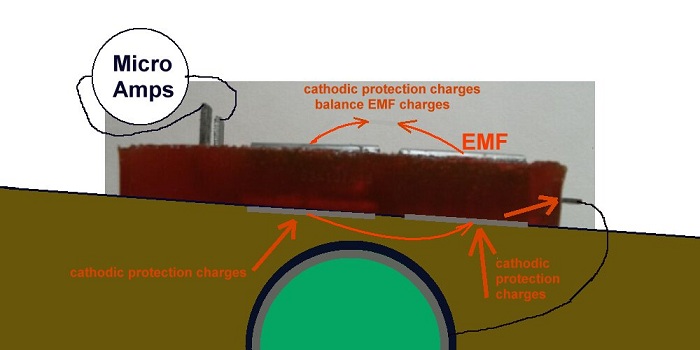
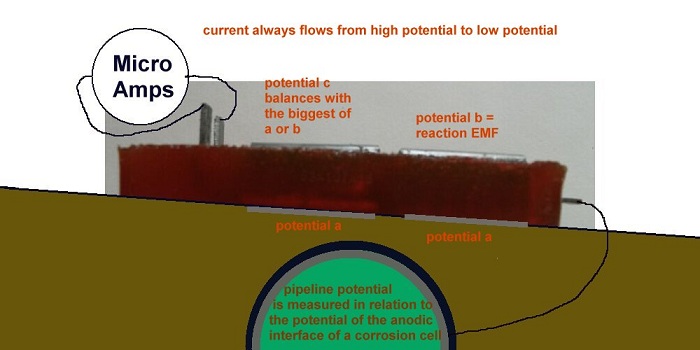
Natural energy flow also comes from sunspot activity, geomagnetic activity and 'teluric effects' in the ground itself, all of which I have investigated in depth.
In addition there is a number of man made sources of energy flow that must be built into the computer model.
In order to control all of the corrosion reactions on our pipelines and structures we use our own sources of energy that we call transformer/rectifiers and sacrificial anodes that alter the equilibrium at the interfaces and prevent the metal from going into solution.
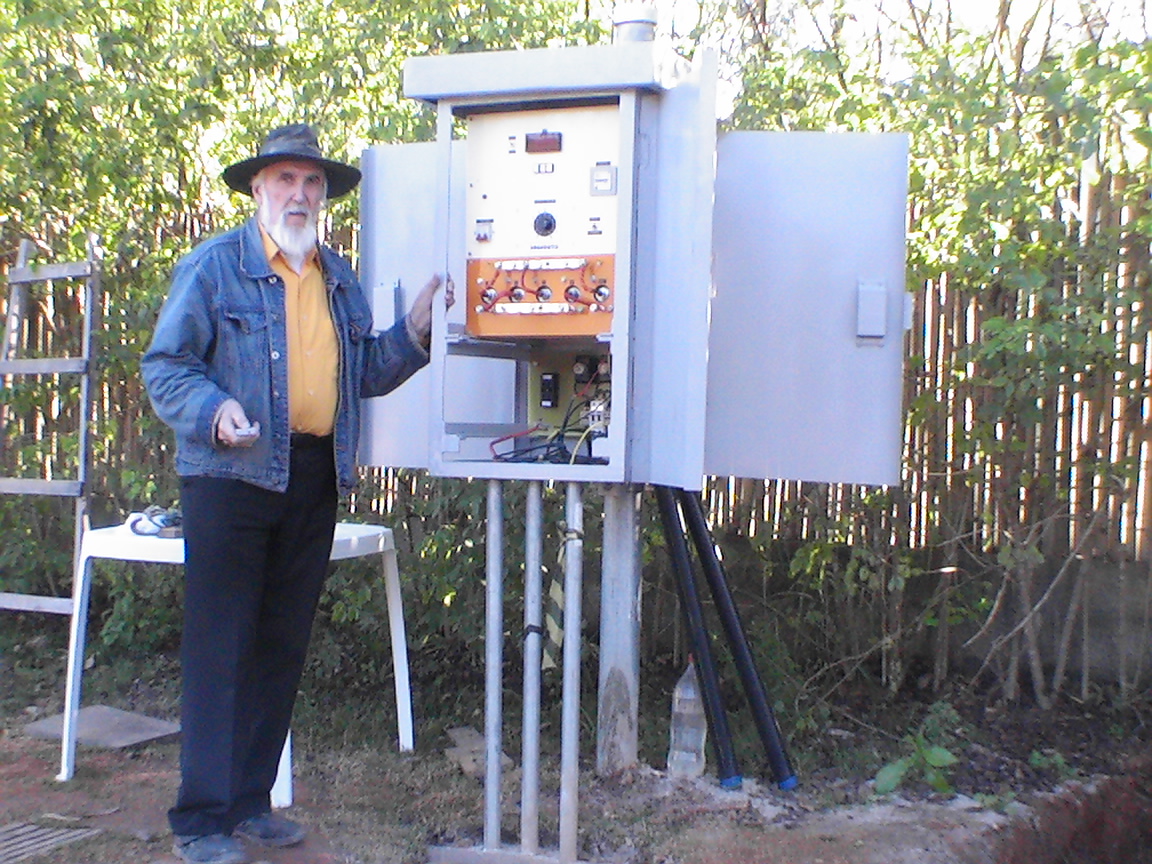
I have built three adjustable power supplies into Tecnotoy that rectify alternating current energy into direct current energy.
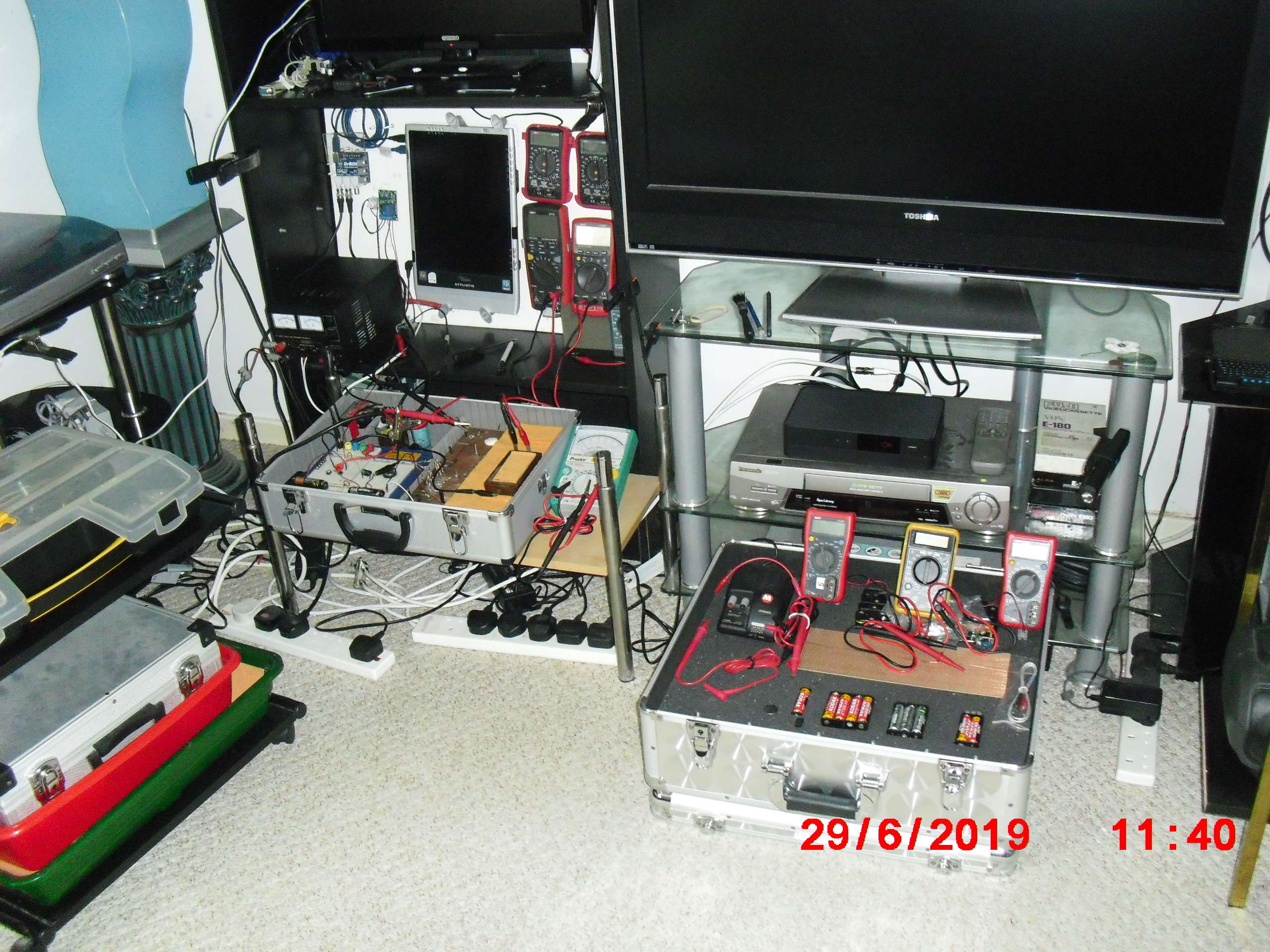
This allows energy to be fed in or drawn off at a variety of nodes in the circuit.
I have nine multimeters and a digital oscilloscope to measure currents and voltages between a selection of nodes and three PC computers connected to the circuit to enable software development. I have also just bought a CrowPi developers computer kit that I will use at a further stage to write the software.
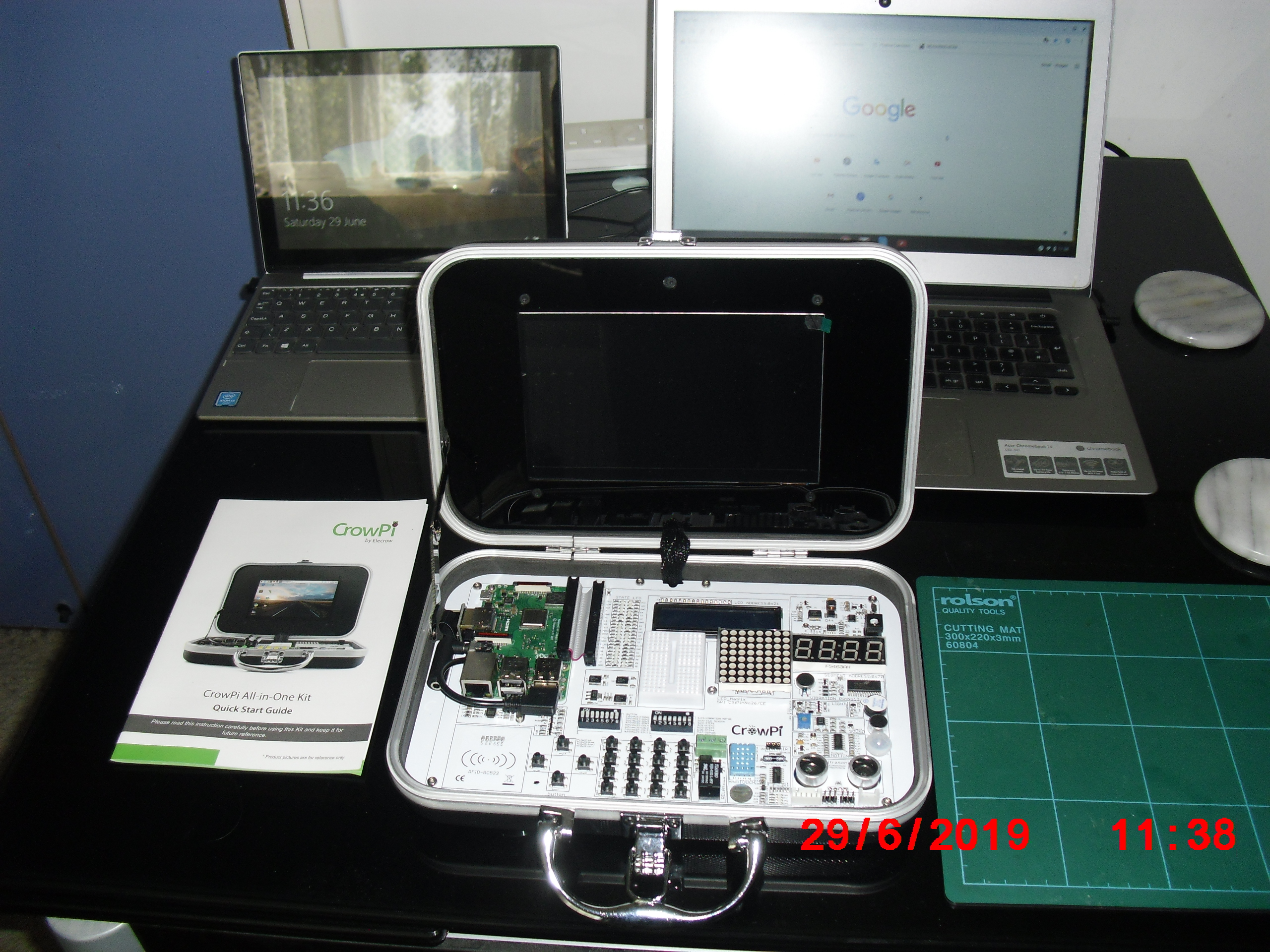
The breadboard is the first stage of modelling using electronic components and dry cell batteries.
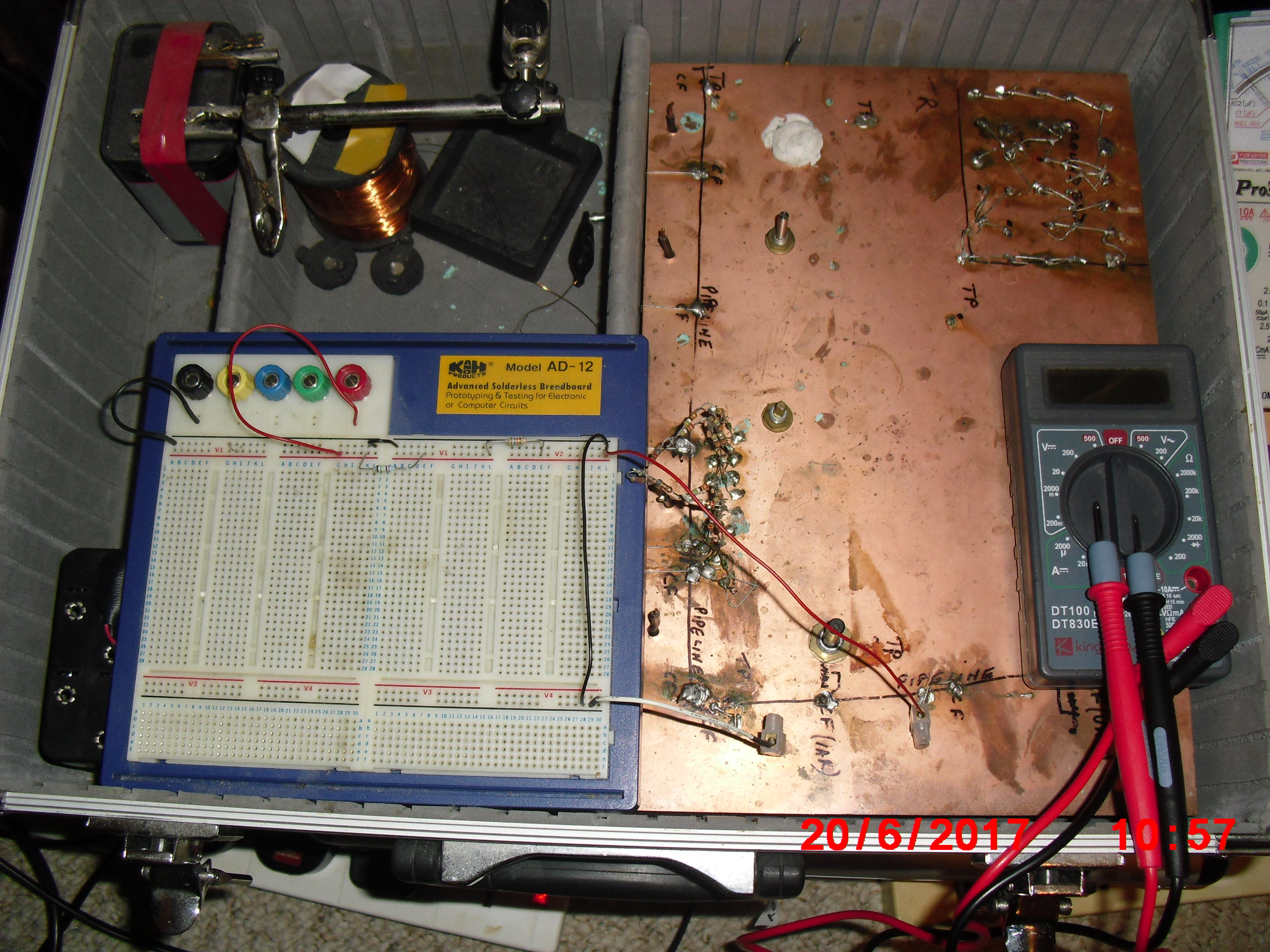
The breadboard is connected to the equivalent circuit called 'Orac'
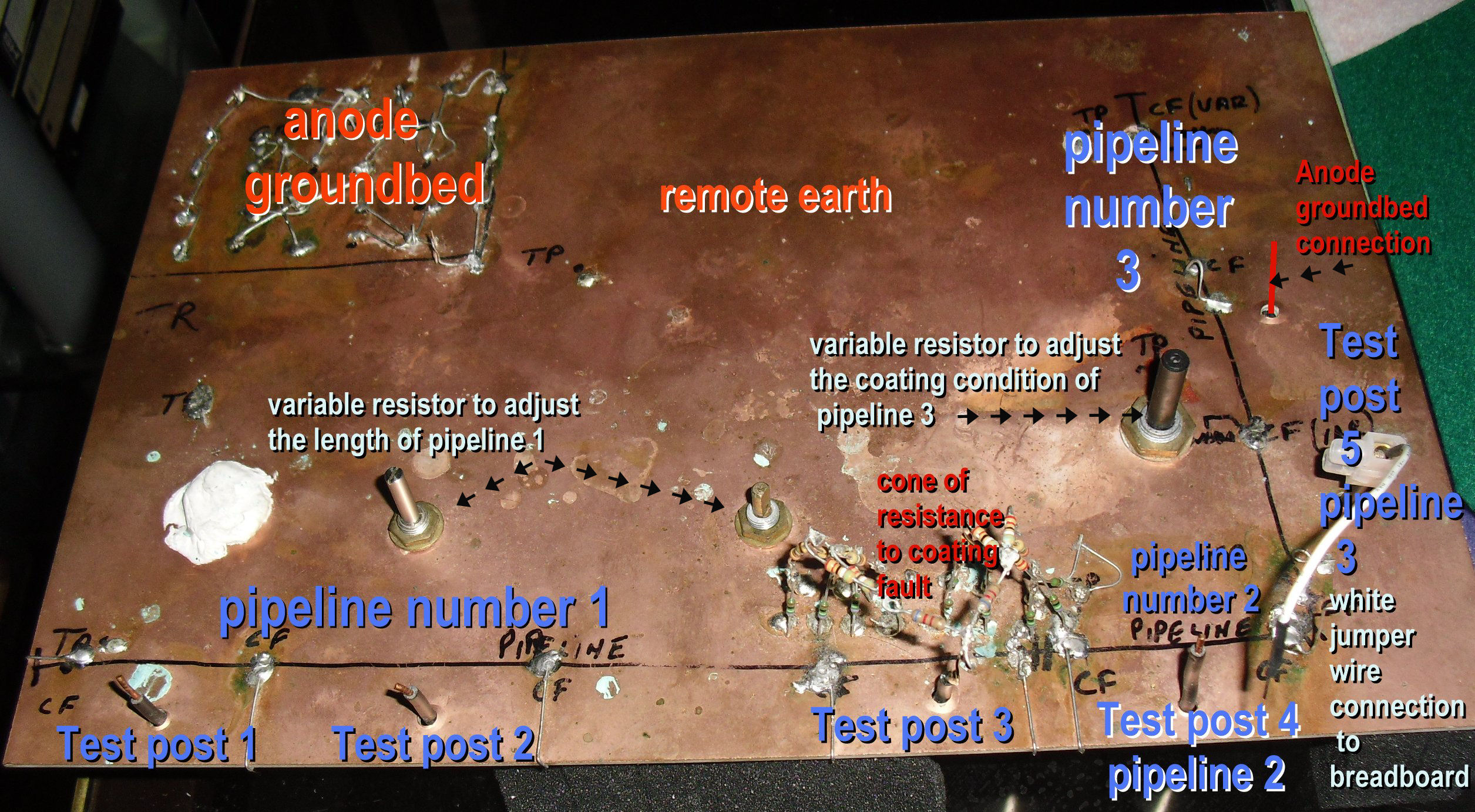
Orac is connected to 'Orac 2' that is an arrangement of corrosion cells (dry cell batteries) reflecting the effect of CP on a variety of configurations of corrosion cells on a single section of pipeline that can be put under cathodic protection as required.
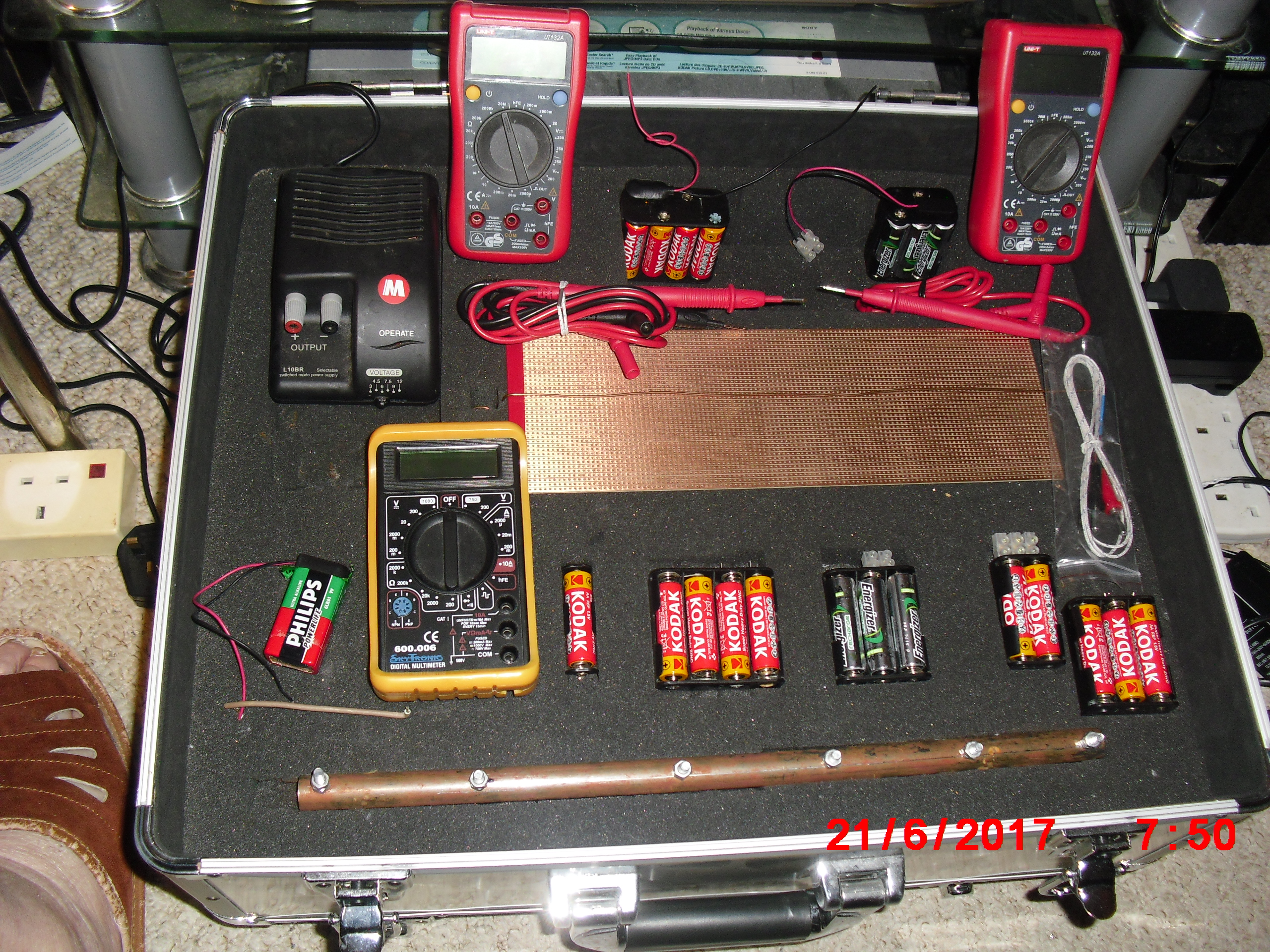
The breadboard can also be connected to a model of two pipelines with coating faults over which DCVG and CIPS surveys can be recorded with the data logger and oscilloscope.




